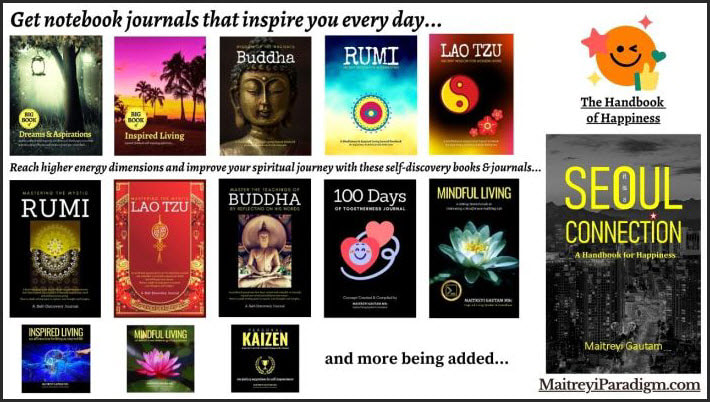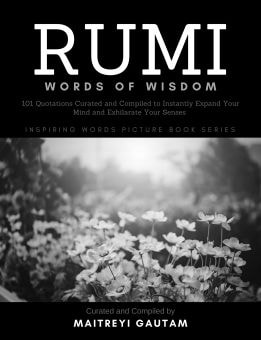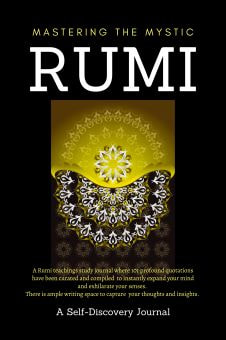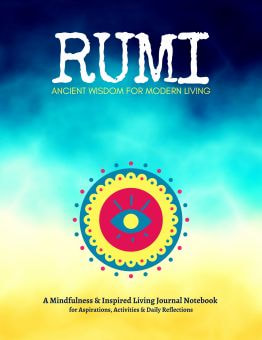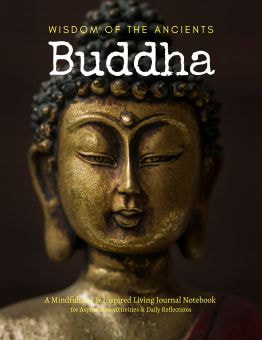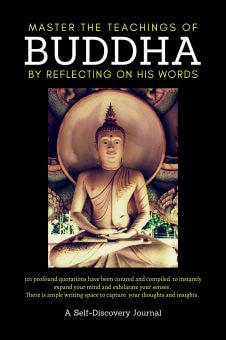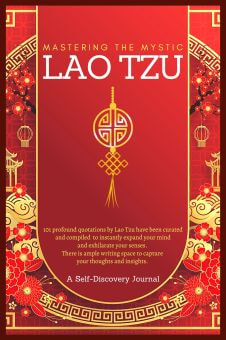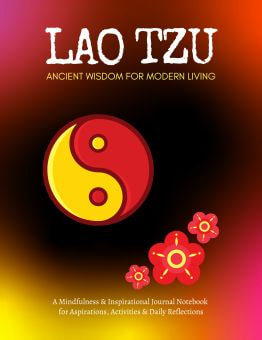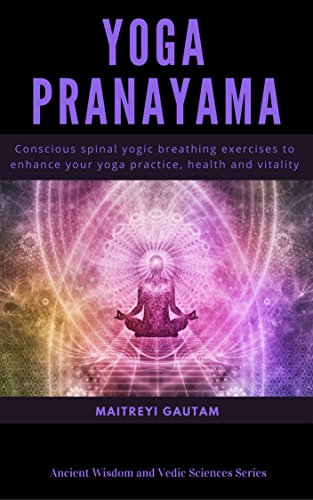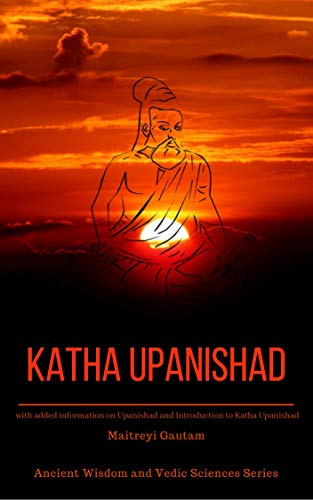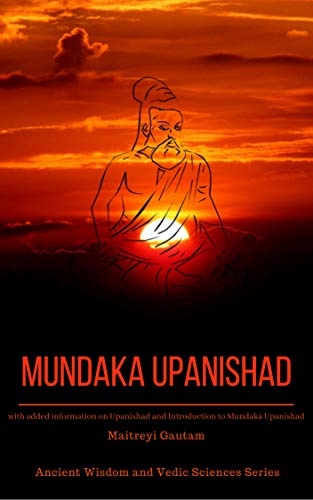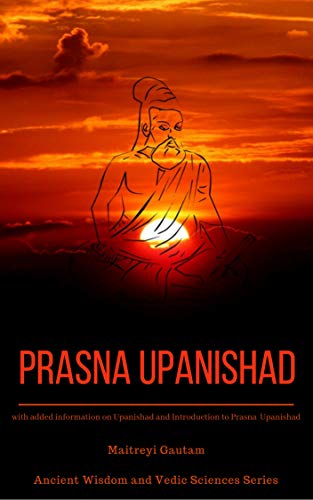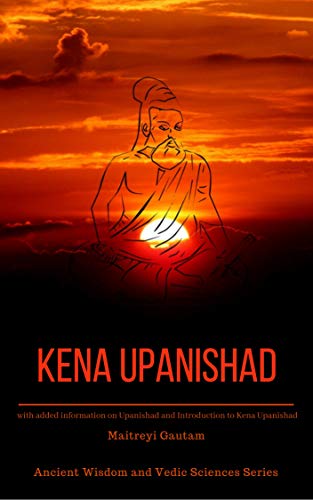What is a Talisman?
Talismans have been used throughout history in various cultures and spiritual traditions. They can be made from various materials and can take multiple forms, each with its unique significance and purpose.
Different types of Talismans
2. Religious Talismans: These are talismans with religious significance, like crosses, rosaries, or medallions depicting saints or spiritual figures. They are often used to invoke the protection or blessings of a particular deity or spiritual entity.
3. Symbolic Talismans: These include objects or symbols with cultural, mystical, or historical significance. Examples include the Eye of Horus, Hamsa hand, pentacles, runes, or astrological symbols. They are often inscribed on jewelry, coins, or stones.
4. Man-made Talismans: These are objects created with a specific intention in mind, like talismanic jewelry, engraved stones, or ritualistically prepared items. They are often charged or consecrated through rituals or prayers to serve a particular purpose.
5. Planetary Talismans: These are often created in accordance with astrological principles and are intended to draw the energy of specific planets or astrological signs. They are typically made at specific times corresponding to certain astrological alignments.
6. Amulet Talismans: While amulets are typically for protection, some serve as talismans by not only protecting but also attracting certain energies or qualities, like health, love, or prosperity.
7. Written Talismans: These include objects with inscriptions of prayers, mantras, or magical sigils. Examples are scrolls, papers, or fabrics with specific texts or symbols written on them, often carried in a pouch or locket.
Each type of talisman is believed to carry a specific energy or purpose, such as attracting love, wealth, success, or spiritual protection. The effectiveness of talismans is often a matter of personal belief and faith, and they play an important role in many cultural and spiritual traditions.

